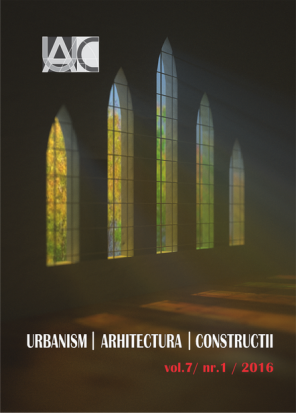Urban employment and functionality in Romania in the post-communist period
Urban employment and functionality in Romania in the post-communist period
Author(s): Bianca MITRICĂ, Paul Razvan Serban, Irena Mocanu, Amalia VirdolSubject(s): Human Geography
Published by: INCD URBAN-INCERC
Keywords: active population; urban function; changes; specialization index; Romania
Summary/Abstract: The paper provides an overview of urban restructuring in post-communist Romania over the communist period. The objective of this paper is to emphasis the dynamics of the employed and unemployed population in the Romanian towns and the changes in the urban functionality over the post-communist period. Relevant indicators were used in order to provide comprehensive information on the urban workforce (active and employed population dynamics, degree of employed population and unemployment dynamics). The functional classification of towns was assessed by using the nomograph (in terms of the share of population employed in the three economic sectors: primary, secondary and tertiary), also by using the Specialization Index. The results show two distinct periods in the dynamics and structure of the active population of Romanian towns after the fall of the communist regime: one of steep decline until 2002 and the other of stagnation up to 2011. Presently, the urban system is undergoing a process of restructuring, the urbanization phenomenon acquiring new characteristics and dimensions. The industrial city – the representative type of urban settlement, was gradually replaced by the polyfunctional and services town, as part of the country’s economic and social-political development targets set up in the Romania’s Territorial Development Strategy 2014−2035.
Journal: Urbanism. Arhitectură. Construcţii
- Issue Year: 7/2016
- Issue No: 1
- Page Range: 5-20
- Page Count: 16
- Language: English

